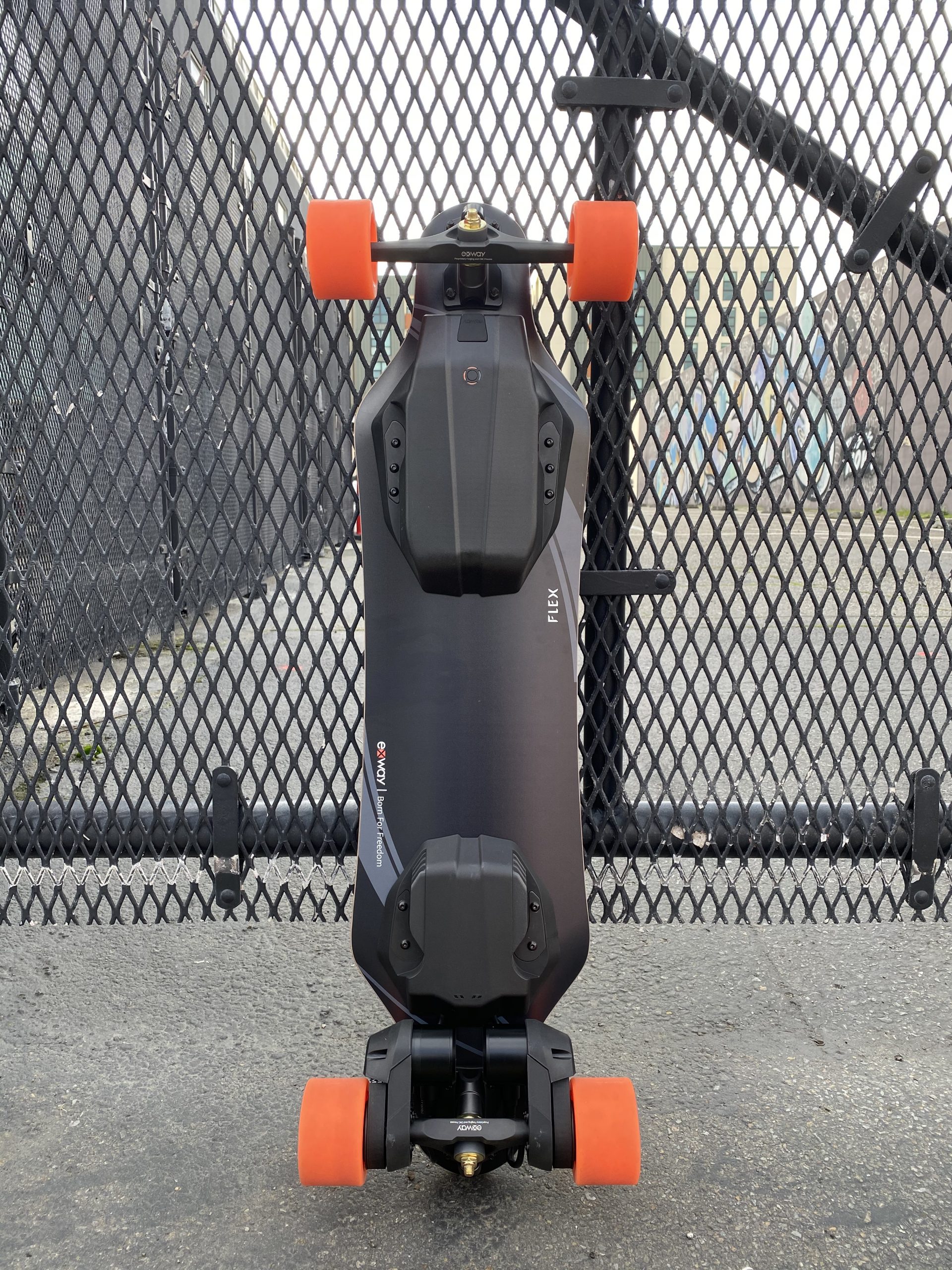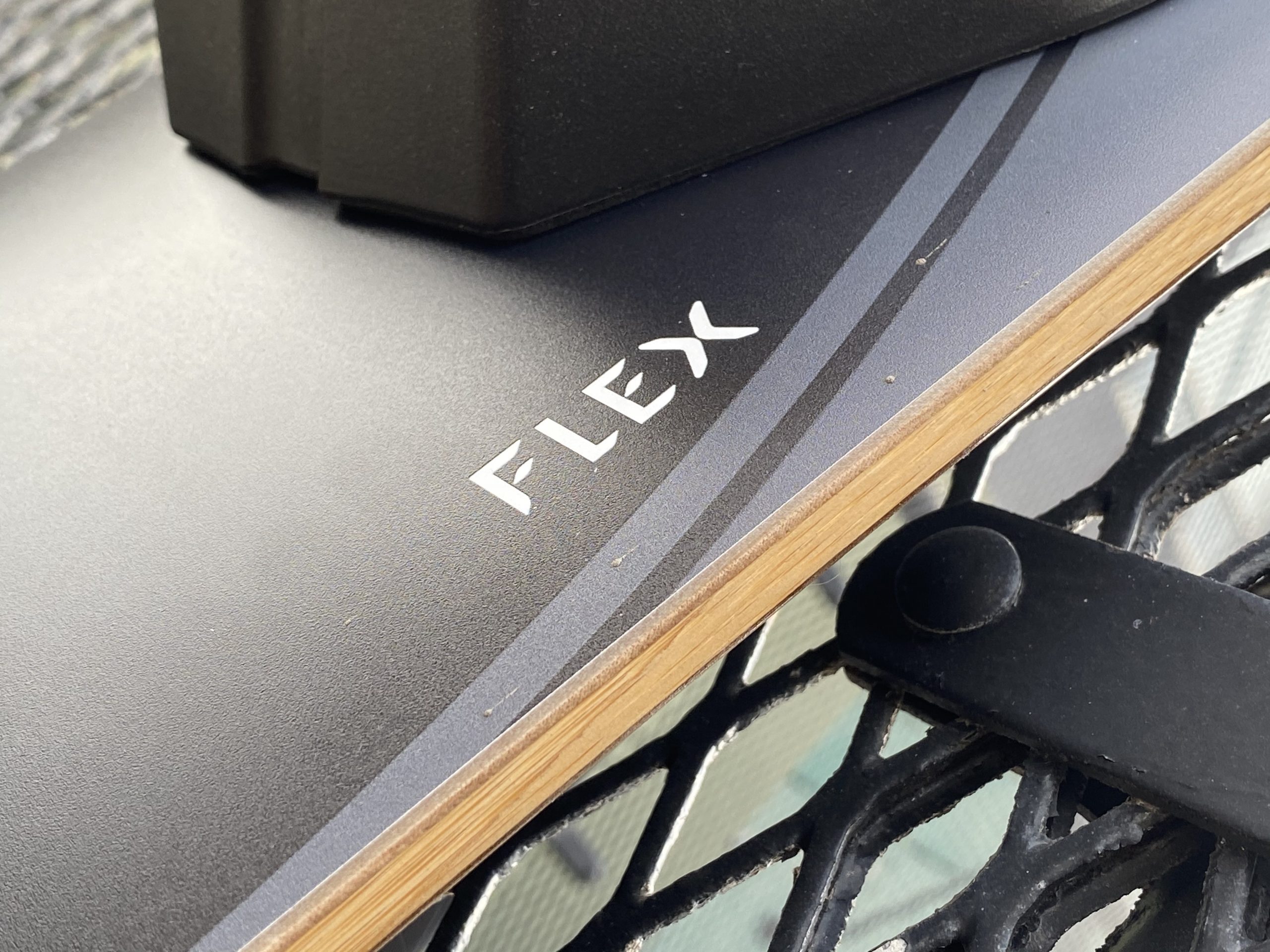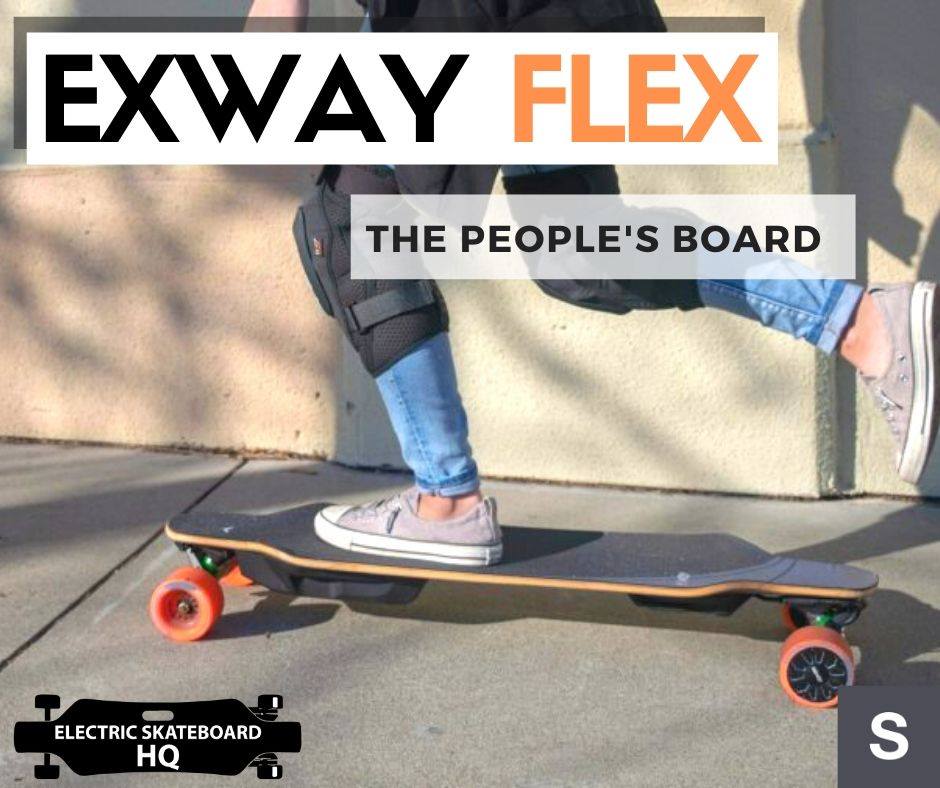Follow the discussion on Reddit here
Forward
As a reviewer, I ride and test a lot of boards. From the cheapest of boards built to make a quick buck to the most expensive of premium boards with enough power to knock your socks off. I’ve also built and fixed many-a-board: ones that have enough torque to spin the wheels throttling from a standstill no sweat, ones that can theoretically reach 70MPH. I’m no stranger to eskates of all different kinds, and I’ve seen this market grow and evolve in countless surprising ways.
In my time, I’ve found that there are highlights and lowlights of each and every board. As a reviewer, my job is to explain all of these points to you so you may make an educated purchasing decision. Every single board has a price to value ratio, and I make recommendations based on that ratio.
The ideal ratio would hew closely to 1:1: Good value at good price. Many boards have gotten close, and a couple have hit the mark, with most falling short, with OK value at OK price or bad value at bad price. However, one thing I have never said is “this is the board you should buy” for any category.
Until now.
If you’re looking for a board under $1000 USD, at $650 to $700 the Exway Flex is the board you should buy without question. Let me tell you why.
Flexway
Yes, we all know this is a missed opportunity. Let’s digress from that and look at the product itself.






The Flex is a budget board. Which normally would mean low grade components and subpar build quality. This is absolutely not the case here. The Flex is actually a premium board disguised as a budget board.
Let’s start with the deck. True to the Flex’s name, the deck is fairly flexy, yet retains good rebound and not too much torsion. There are extreme wheel flairs which mean you can install fairly large wheels, probably over 100mm, however the flairs may be polarizing for some if you don’t like that kind of thing. I personally liked bracing against them on acceleration and so did most people who tried it, but there were a couple people who couldn’t get super comfortable with the flairs.

Key to the drivetrain is Exway’s new truck, called Tryst. Previously, Exway had used customized versions of Seismic’s Aeon truck, which were and still are one of my favorite trucks. Now, Exway has designed their own truck, no doubt for cost saving and ease of manufacturing. However, that’s not to say these forged and CNC’d trucks aren’t a force to be reckoned with. Beyond retaining a responsive, accurate ridefeel, they support standard bushings, which opens up a whole new world of tuneability beyond Seismic’s offerings. That being said, the bushings that the Flex came with have great rebound, and paired with Exway’s precision cup washers (sold separately, but seriously, you gotta try precision washers, from Exway, Array, or otherwise), offer a precise, stable carve that I really enjoyed.


Paired with Exway’s second generation urethane and cushy griptape, the Flex honestly just rides awesomely. I have no qualms recommending this board just based on ridefeel alone. But that’s not all.

Best Bang For Buck Electronics
Just because the Flex is a “budget board” by Exway’s own admission, doesn’t mean they’ve cut corners on the electronics in the board. I think it’s actually quite the opposite. It sort of feels like Exway is willing to let this board have razer thin margins while maintaining quality of life features typically found only in boards above the Flex’s price bracket, just to get people on this board and talking about the Exway brand. Not a bad strategy as far as I’m concerned, and I believe it’ll work out well for them.
To the surprise of nobody, the Flex uses the same ESC as its previous boards, thereby retaining all the previous smarts. Remote on/off makes sure you never press a power button on your board again. Telemetry right on the remote paired with the bright OLED display offers up a clear view of essential statistics like remaining battery and current speed. App integration and Exway’s constant and responsive firmware updates ensure your board is infinitely adjustable and always up to date. There was an issue with brakes being too soft when the Flex’s battery dropped below 20% as well as slightly too aggressive at lower speeds, but Exway quickly released an update to fix the issue. A testament to their responsiveness. If I really had to nitpick, I could only really complain about the lack of USB-C charging port on the remote and maybe an odometer? Other than that I’m pretty content.
As far as battery technology, to my knowledge, this is the first board to ship with Sony’s VTC6 cells. They’re high discharge cells, which means you can pull a lot of current from the pack (more torque) compared to a similarly configured pack built from a cell like the Samsung 30Q, which most more powerful production boards tend to use. Sony VTC6s also have similar capacity per cell compared to the 30Q, so the overall capacity of the pack is similar to one made from 30Qs. During range tests, I consistently got 13ish miles of hard riding (full throttle 98% of the time, lots of hills, hard start/stops). I weigh around 130lb, add about 7-8lb of gear to that and you’ll get my riding weight. I think that’s really good for a 12S2P in San Francisco.

Exway’s calls their 12S2P battery pack a “smart battery”. This apparently means the pack can set optimum settings for itself, such as discharging to half charge automatically when just sitting not being used. I haven’t had a chance to test this but I mostly trust Exway with their claims. The pack also has a capacity indicator now so you can sort of gauge how much battery you’ve got left. It’s also swappable, though you do need to unscrew 6 screws, so really only “swappable” in the sense that you can swap, but it’s a bit of a hassle.
One thing to note about the battery pack is that it doesn’t retain the magnetic charging port that can be found on the X1 and X1 Pro. While I loved those convenient charging ports, Exway says this is to improve reliability as those magnetic charging ports had a higher failure rate than they would like. That being said, this means you could buy an off the shelf fast charger, though I believe there is a charging current limit as my 6A charger kept getting rejected by the BMS.

Speaking of swappable, let’s talk about drivetrain. In a really smart usability and no doubt financial move, Exway retained the hot swappable drivetrain. This means lower manufacturing cost for Exway, and more possibilities for the end user. Exway has two drivetrains available to Flex riders: belt drives called Riot V2, and hub motors. Swapping is as simple as removing the kingpin nut, unplugging the connectors, and swapping the trucks. No need to make the same dumdum mistake I made and remove the entire back truck and accidentally stretching the grip tape by trying. Just remember to toggle the drivetrain settings in the app. Easy Peasy.


Yes, I Know,

The similarities to the Boosted Dual+ aesthetics do not go unnoticed. However, I think the similarities are only on the surface. Upon actually riding the two boards, I think you’ll find that they are actually two totally different animals. The Boosted is more of a mellow, cruisy feel, whereas the Flex is a more direct, powerful feel. When I did drag races between the Boosted Stealth and the Flex, they had comparable torque off the line but the Flex had the advantage in top speed and ultimately won every heat. You would think that that’s contrary to how I said each board rode, but I think that just goes to show how much the rest of the hardware on each board influences the feel.

Marginal performance differences aside, I honestly feel that after Exway launches the Flex, there will be no point in spending the extra money on a Boosted Board anymore. The Flex goes longer on a charge, has more features, is lighter, and is way cheaper than Boosted’s top of the line offerings. Boosted’s aftersales service quality has dropped quite a lot since their heyday as has been reported by many frustrated users all over the internet, and even though Exway’s aftersales service is based in China, it’s actually been reported and observed to be quite good. So if you’re looking for the best balance between a commuter, go-faster, and fun carver, why consider anything else?

If you are interested in buying an Exway, be sure to check out our affiliate discount link here and uses code: “ESKATEHQ” during check out.
It will help you get a small monetary discount and helps us out too. On top of that, you’ll be tagged as an Electric Skateboard HQ customer and probably be treated better. Cheers!













